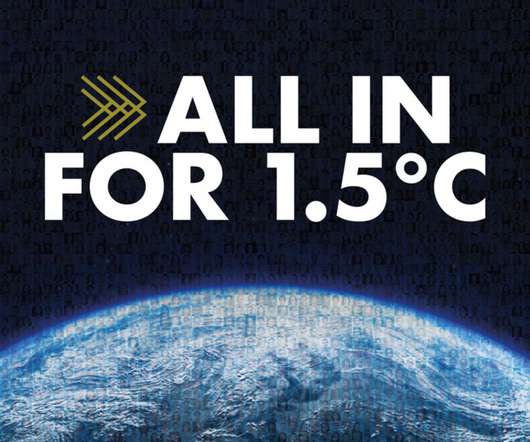On the fifth anniversary of the TCFD, a call to action
GreenBiz
DECEMBER 14, 2020
December marks the five-year anniversary of the Paris Agreement — a turning point for the movement to limit dangerous climate change and environmental destruction. On the fifth anniversary of the TCFD, a call to action. Ateli Iyalla. Mon, 12/14/2020 - 00:05. But that is not the only pivotal milestone we should commemorate this month.



















Let's personalize your content